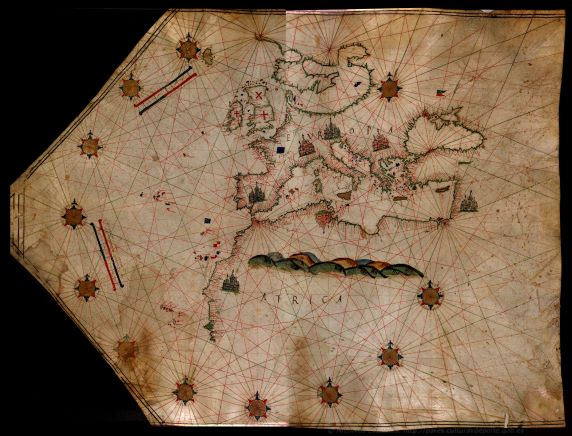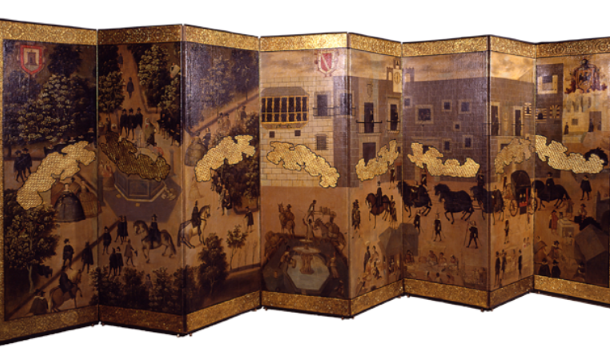
After the conquest of Granada (1492), Andalusia was fully incorporated into the Habsburg monarchy, and the population increased throughout the 16th century. This increase in population was particularly significant in the city of Seville, which in the 16th century had more than 100,000 inhabitants thanks to the economic development brought about by trade with America. In fact, the port of Seville exercised a monopoly on American trade by establishing the Casa de Contratación (1503) in the city. As a result, it became one of the most important European cities, as it was the gateway for goods from the New World that would later be traded, via various routes, throughout Europe. The increase in Seville’s mercantile and financial activity attracted many Castilians and foreigners who flocked to the city, some to settle there and enjoy its riches, others to embark for the New World in search of new opportunities.
Collection: Images
Project: 3. Rural world and urban world in the formation of the European identity.
Chronology: XVI
Scope: Primary Education, Secondary Education, Baccalaureate, University
Link: http://pares.mcu.es/ParesBusquedas20/catalogo/show/20031?nm
Resource type: Image
Format: Paper map
Source: Archivo General de Indias. Mapas, planos, documentos iconográficos y documentos especiales. Mapas impresos.
Language: Spanish
Date: 1572
Owner: María del Mar Felices de la Fuente (Modernalia)
Identifier: ES.41091.AGI//MP-IMPRESOS,2
Copyright: MECD. Archivos Estatales (España)
Abstract: Representation of 16th-century Seville from the west side of the Guadalquivir River
Image
Tags







